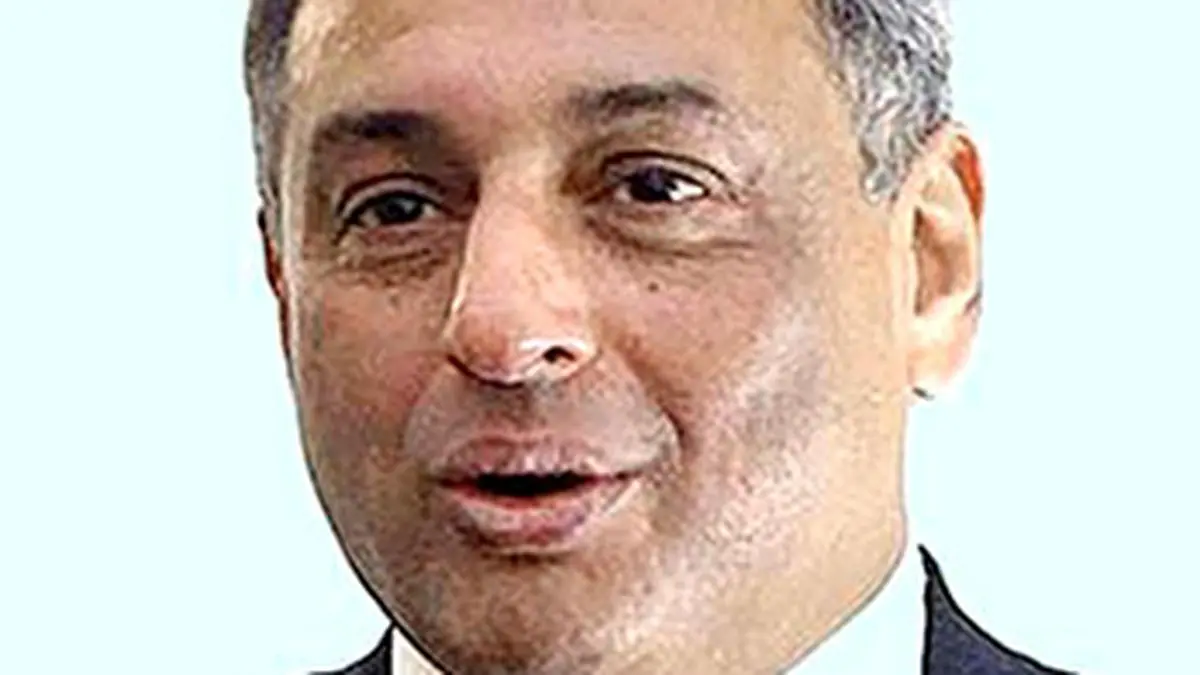
CEO & MD, Tata Steel
| Photo Credit:
KAMAL NARANG
India’s steel market is battling stubbornly weak prices despite safeguard duties, with abundant domestic supply ensuring rates remain capped.
According to TV Narendran, MD and CEO, Tata Steel, while the safeguard has prevented a free fall and lent stability, meaningful recovery is unlikely until after October, once the monsoon ends, construction activity resumes, and the festive season boosts demand.
Steel-makers have invested in building capacities because of which there is enough supply available in the domestic market, both in terms of quantity and grades.
“Today, domestic steel prices lower than import prices only shows how competitive India is as a market. That is why prices have not moved up,” he told businessline on the sidelines of AIMA’s annual conclave. “Prices will start going up only when domestic consumption improves further, and when international sentiment strengthens as China clamps down more firmly on supply.”
Prices continue to hover in the ₹50,000/tonne range.
China’s role in price signals
If China clamps down on supplies, there could be further improvement in prices, he said.
For nearly two years, Beijing has talked of curbing steel output, though the impact on global markets has been limited. However, July’s announcement of an “involution policy”, aimed at cutting down excess production and addressing overcapacity, has sparked fresh optimism.
“This time, the proposals appear more specific and the Chinese market sentiment suggests people expect a real impact on prices,” he said.
Iron ore: a double-edged sword
India’s steel industry has over the last few quarters been seeking reduction in input prices of the metal, mostly of iron ore. The move is aimed at making steel prices further competitive and take on lesser priced imports.
Narendran pointed out that on the raw material side, India’s natural advantage was in iron ore; but that is “being eroded by policy and cost structures”.
“India is among the few countries blessed with plentiful ore reserves, but high effective taxation and royalties have made it expensive,” he said. But to make matters worse, aggressive bidding in mine auctions has driven costs up further.
Unlike Australia and Brazil, two of the world’s largest exporters of iron ore but without a large domestic steel market, India uniquely combines reserves with scale. It is the second largest crude steel-maker, after China.
“Lower ore prices, would help us maintain profitability and sustain investments, even at today’s subdued steel price levels,” Narendran said.
Safeguards: stability, not a cure-all
Imposition of safeguard duty has offered some breathing space and stability in the prices.
Calling it a “fair compromise”, Narendran said: “Of course, we always wish for more, but the government has to balance the interests of all stakeholders, including steel buyers. At 12 per cent, the safeguard is a fair compromise. It has prevented imports from undermining domestic profitability and ensured stability.”
NINL expansion in focus
Tata Steel, Narendran said, will look to expand capacity at Neelachal Ispat Nigam Ltd (NINL) after its turnaround. Tata Steel had acquired the loss-making unit in 2022. Plans are underway to scale its capacity from 1 million tonnes to 5 million tonnes.
“We are in advanced stages of finalising the investment plan. It will be placed before the board in the coming months,” he added.
On the trade front, the US market remains a challenge. A 50 per cent tariff on European steel continues to weigh on exports from the company’s Netherlands operations.
“Some of the cost is being absorbed by suppliers, but much of it ultimately falls on American customers. This limits the competitiveness of EU-origin steel in the US, even though the demand is there,” Narendran said.
Parallel discussions are also underway with the Netherlands government as Tata Steel undertakes decarbonisation and modernisation of its IJmuiden plant. The company is seeking financial and policy support for a transition plan to produce “green steel” and reduce emissions.
“We are in advanced disucssions,” Narendran said.
Published on September 10, 2025
